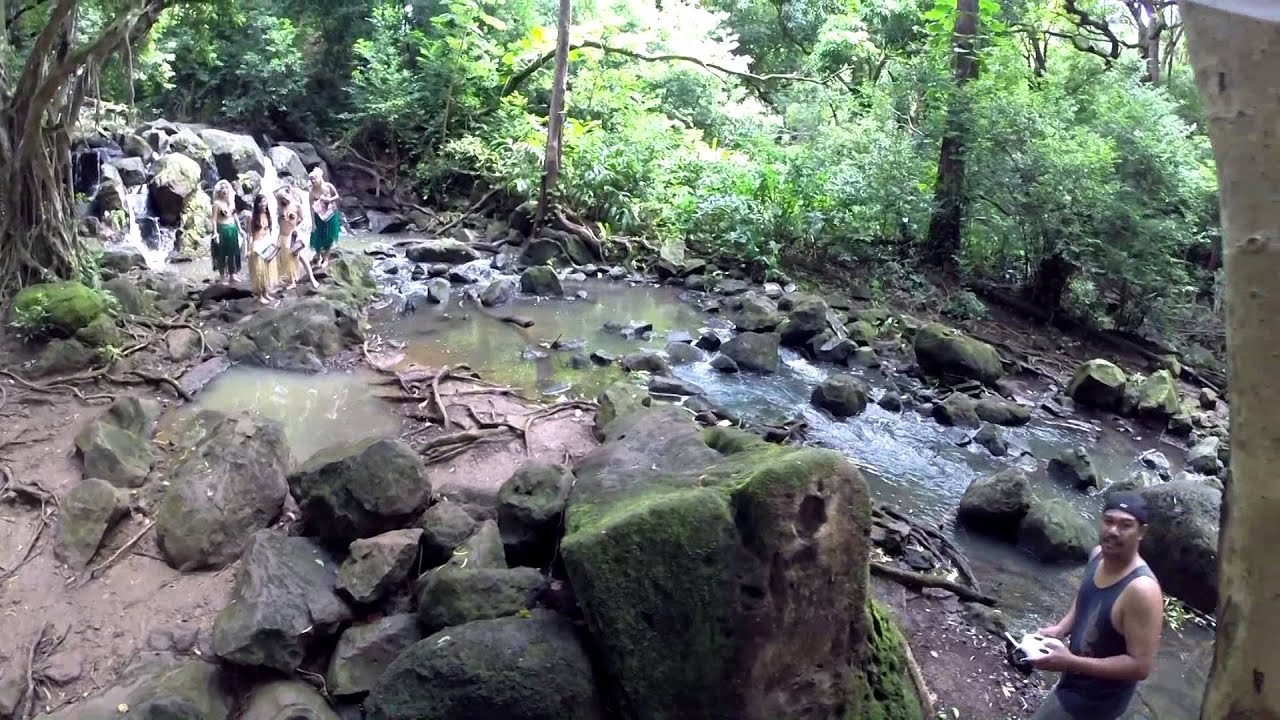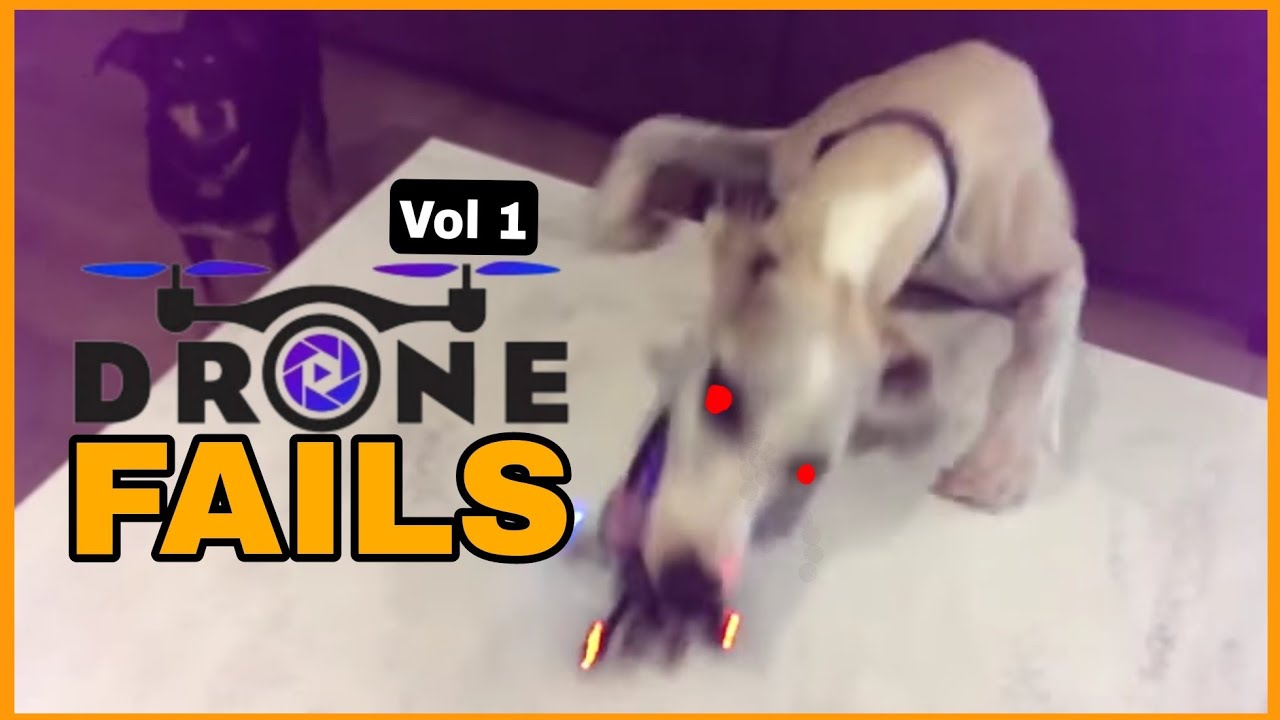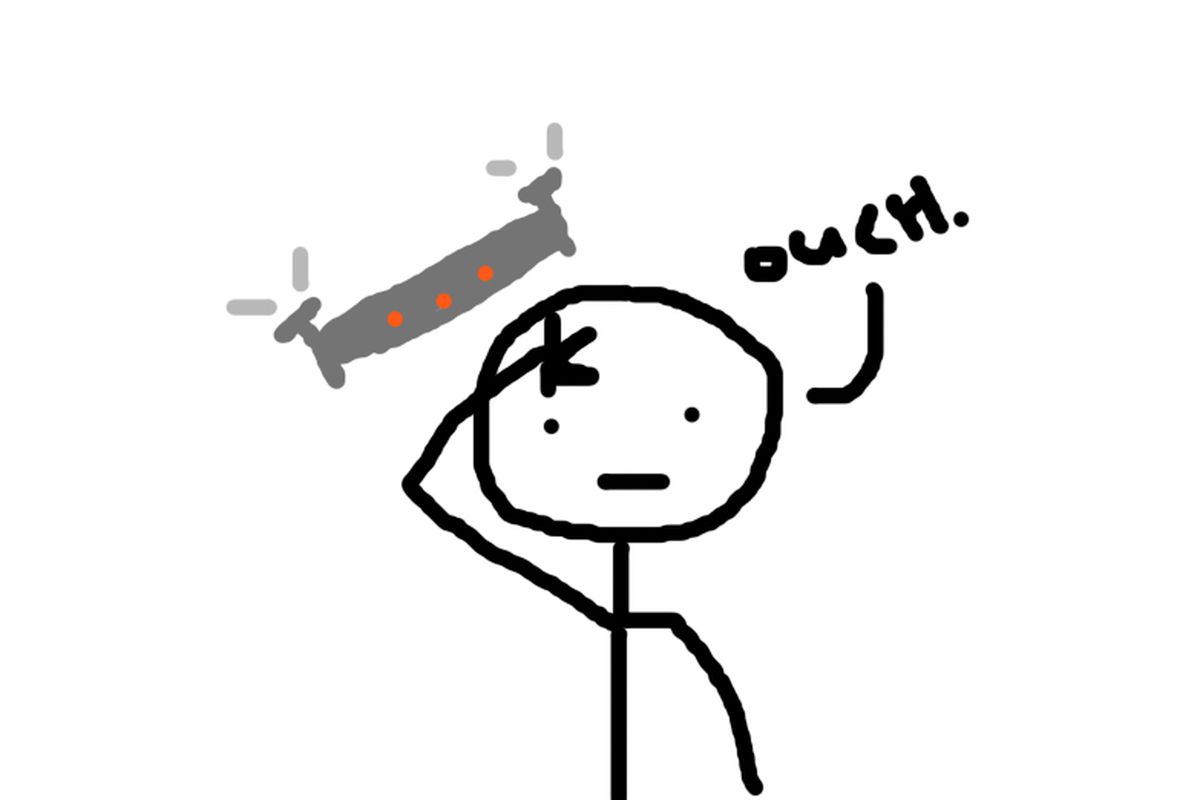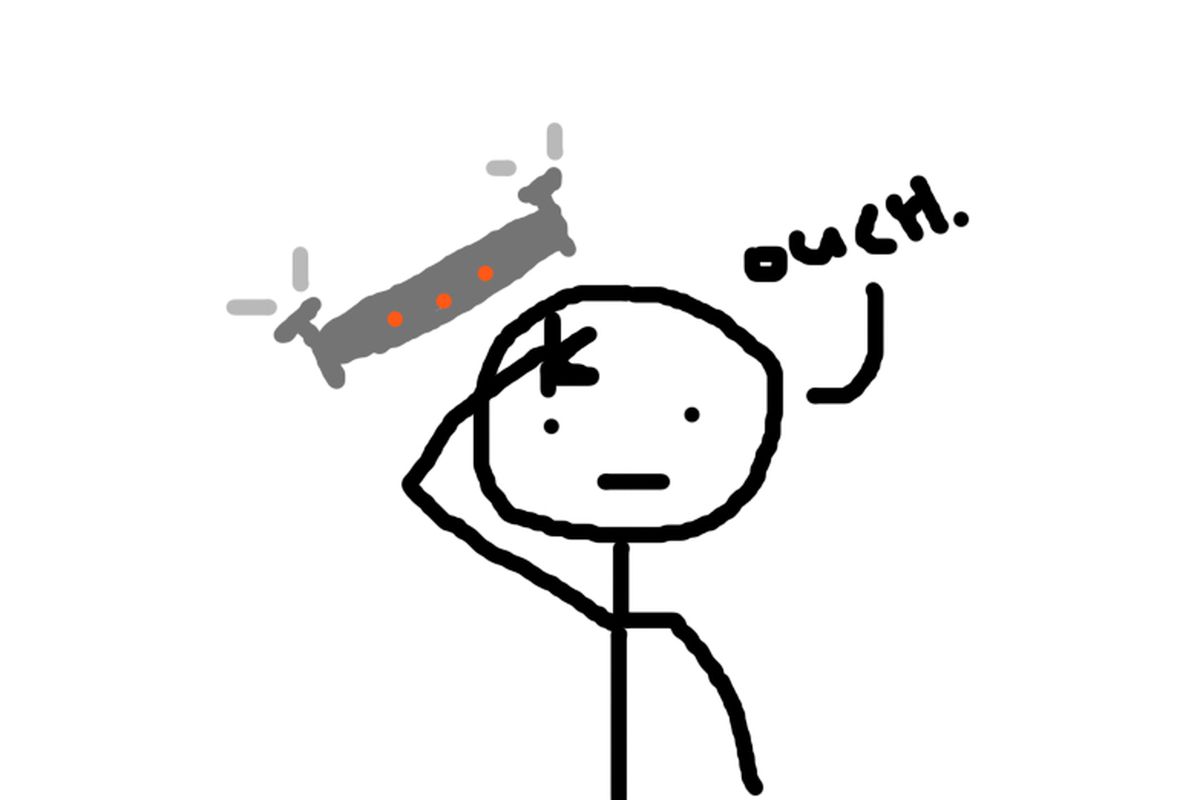Drone show crash – those terrifying moments when a meticulously planned spectacle goes horribly wrong. This isn’t just about malfunctioning gadgets; it’s a story of technology, human error, and the vital importance of safety protocols. We’ll explore the different ways drone shows can fail, from mid-air collisions to software glitches, and delve into the crucial safety measures needed to prevent these dramatic events.
Drone show crashes are unfortunately becoming more common, highlighting the need for better safety protocols. One recent incident that serves as a cautionary tale is a drone crash in Paris , which underscored the potential for serious consequences when things go wrong. Learning from these events, like this Paris crash, is crucial for preventing future drone show mishaps and ensuring safer, more spectacular displays.
We’ll examine the various factors that contribute to these crashes, including technological vulnerabilities, human error, and environmental conditions. We’ll also look at the consequences of these crashes – from damaged equipment to potential injuries – and discuss strategies for mitigation and crisis management. Ultimately, understanding the causes and consequences of drone show crashes is crucial for ensuring the future safety and success of these increasingly popular displays.
Drone Show Crash Analysis: Understanding Causes, Prevention, and Mitigation

Drone shows, while spectacular, carry inherent risks. Understanding the various factors contributing to crashes is crucial for ensuring safe and successful operations. This analysis explores common causes, safety protocols, technological vulnerabilities, human factors, and mitigation strategies to prevent future incidents.
Drone show crashes are unfortunately becoming more common, highlighting the need for better safety protocols. Check out this in-depth analysis of a recent incident at drone show crash to understand the potential causes and consequences. Learning from these failures is crucial for preventing future drone show crashes and ensuring the continued safe enjoyment of these spectacular displays.
Types of Drone Show Crashes
Drone show crashes can stem from a variety of causes, resulting in different types of accidents with varying degrees of severity. These range from mid-air collisions to complete system failures. Understanding these causes is paramount for implementing effective safety measures.
| Crash Type | Cause | Severity | Mitigation Strategies |
|---|---|---|---|
| Mid-air Collision | Loss of positional awareness, inadequate separation distances, pilot error | Moderate to High (depending on number of drones involved and impact velocity) | Improved GPS systems, enhanced collision avoidance technology, stricter flight planning |
| Software Failure | Software bugs, firmware glitches, communication errors | Low to High (depending on the nature of the failure and its impact on drone control) | Rigorous software testing, redundancy in systems, regular firmware updates |
| Battery Failure | Low battery levels, faulty batteries, extreme temperatures | Low to Moderate (depending on altitude and the drone’s ability to perform an emergency landing) | Battery health monitoring, pre-flight battery checks, use of high-quality batteries |
| GPS Signal Interference | Obstructions, atmospheric conditions, jamming | Moderate to High (depending on the duration and severity of interference) | Redundant navigation systems, careful site selection, use of RTK GPS |
| Hardware Malfunction | Motor failure, sensor failure, communication system failure | Low to High (depending on the specific component that fails and its impact on flight stability) | Regular maintenance checks, use of high-quality components, redundancy in critical systems |
Safety Protocols and Regulations
Stringent safety protocols and adherence to regulations are fundamental to preventing drone show crashes. These protocols encompass pre-flight checks, operational procedures, and emergency response plans. International variations exist, highlighting the need for consistent best practices.
- Pre-flight inspections: Battery checks, motor checks, GPS signal strength verification, software updates.
- Operational procedures: Maintaining safe distances between drones, establishing clear communication channels, having a designated emergency response team.
- Emergency response plan: Defining procedures for handling emergencies, including communication protocols, drone recovery, and damage control.
- Regulatory compliance: Adhering to local and national airspace regulations, obtaining necessary permits and licenses.
Technological Aspects and Failure Analysis
Technological vulnerabilities play a significant role in drone show crashes. Understanding these vulnerabilities, including software glitches, hardware malfunctions, and GPS signal interference, is essential for developing robust mitigation strategies.
Drone show crashes are a serious concern, highlighting the need for better safety protocols. A recent incident, as reported in this article about a boy hit by drone , underscores the potential dangers. This emphasizes the importance of responsible drone operation, especially during large-scale displays to prevent future drone show crashes and ensure public safety.
A flowchart depicting a typical crash due to a system failure might show a sequence like this: Software glitch -> Loss of control signals -> Drone instability -> Crash.
Human Factors and Operational Errors

Human error is a significant contributor to drone show accidents. This includes pilot error, inadequate training, poor crew coordination, and failure to account for environmental conditions. Effective training programs are crucial for mitigating these risks.
- Pilot training: Comprehensive training covering flight operation, emergency procedures, and risk management.
- Crew coordination: Establishing clear communication protocols and roles within the operating team.
- Environmental awareness: Assessing and mitigating risks posed by wind, rain, and other environmental factors.
Consequences and Mitigation Strategies, Drone show crash

Drone show crashes can have significant consequences, including property damage, injuries, and reputational harm. Effective mitigation strategies are crucial for minimizing these consequences and preventing future incidents.
- Damage control: Immediate actions to secure the crash site, assess damage, and ensure public safety.
- Crisis management: Communicating with stakeholders, managing media relations, and investigating the cause of the crash.
- Risk assessment: Regular review and updating of risk assessment plans to identify and mitigate potential hazards.
- Emergency response resources: Contact information for emergency services, drone recovery specialists, and legal counsel.
Illustrative Examples of Drone Show Crashes
While specific details of past crashes are often confidential for legal and safety reasons, a hypothetical example might involve a large-scale show where a software update caused a cascade failure in multiple drones due to an unforeseen interaction with the existing firmware. This resulted in several drones colliding mid-air, causing significant damage and necessitating a rapid emergency response to secure the area and prevent further harm.
The visual impact included scattered debris, malfunctioning lights, and the overall disruption of the planned aerial choreography. The response involved immediate grounding of the remaining drones, an investigation into the software update, and implementation of stricter testing procedures for future updates. This highlighted the importance of thorough software testing and version control to prevent similar incidents.
Final Thoughts
From technological vulnerabilities to human error, preventing drone show crashes requires a multifaceted approach. By understanding the various causes, implementing robust safety protocols, and learning from past incidents, we can minimize risks and ensure that these breathtaking displays continue to captivate audiences worldwide without incident. The future of drone shows hinges on a commitment to safety and continuous improvement.
Expert Answers
What is the most common cause of drone show crashes?
While various factors contribute, pilot error and software glitches are frequently cited as leading causes.
How much does a drone show crash cost?
Costs vary greatly depending on the scale of the show, the extent of damage, and potential liabilities. It can range from minor repairs to significant financial losses.
What insurance is needed for drone shows?
Comprehensive liability insurance is essential, covering potential damages and injuries resulting from a crash.
Are there international standards for drone show safety?
While not fully standardized globally, many countries have regulations and guidelines for drone operations, often focusing on airspace restrictions and pilot certification.
